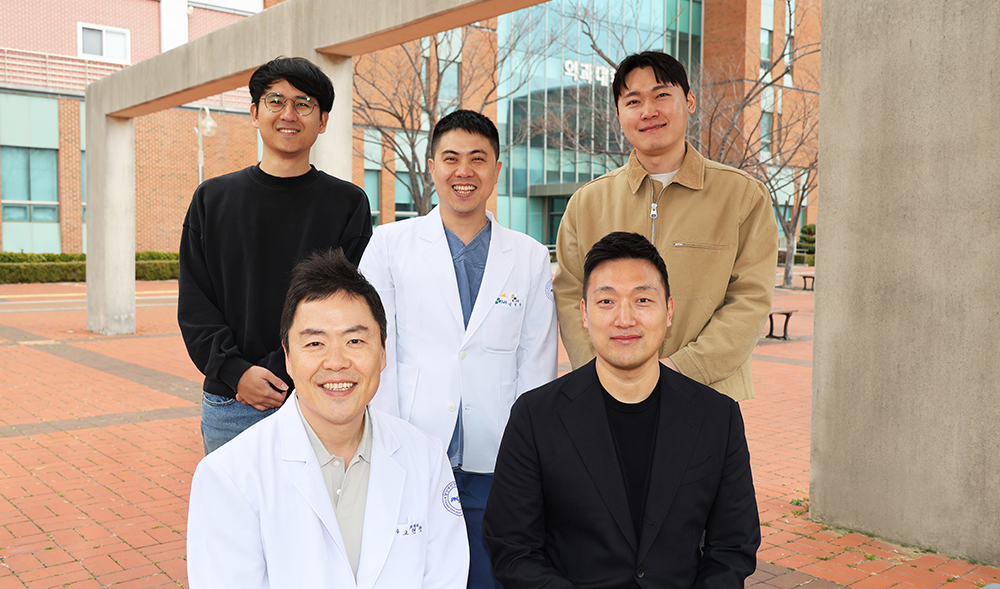
Time-dependent reduction of somatic variants in lichen striatus as evidence for the clearance of mutated skin cells

Blaschko’s lines represent pathways of skin cell migration during early development and are visible in skin conditions such as lichen striatus (LS). LS is a temporary inflammatory skin disorder primarily affecting children and can sometimes leave behind lighter skin areas known as post-inflammatory hypopigmentation (PIHypo). However, the mechanism behind the natural healing of these skin lesions is not fully understood. In our study, we performed whole-genome sequencing to analyze genetic changes, known as somatic variants, within LS skin lesions. We identified that the number of genetic mutations significantly decreased as lesions healed over time. Patients who developed PIHypo had fewer genetic mutations compared to those who did not, suggesting that the body's immune system gradually clears away mutated skin cells, aiding in natural healing. Our findings provide clear evidence that LS lesions resolve due to immune system activity, offering important insights into the healing process of this skin condition.
- Authors (Pusan National University)
1) Byunghyuk Lee# (Department of Dermatology, College of Medicine)
2) Dong Min Lim# (Interdisciplinary Program of Genomic Data Science)
3) Kihyuk Shin# (Department of Dermatology, College of Medicine)
4) Hyun-Chang Ko* (Department of Dermatology, College of Medicine)
5) Yun Hak Kim* (Department of Anatomy and Department of Biomedical Informatics)
#Byunghyuk Lee, Dong Min Lim, and Kihyuk Shin contributed equally to this work as first authors
*Corresponding authors
- Title of original paper: Time-dependent reduction of somatic variants in lichen striatus as evidence for the clearance of mutated skin cells
- Journal: Journal of the American Academy of Dermatology
- Web link: https://www.sciencedirect.com/science/article/abs/pii/S0190962225001628

 942김윤학교수1.jpg
(526KB)
942김윤학교수1.jpg
(526KB)